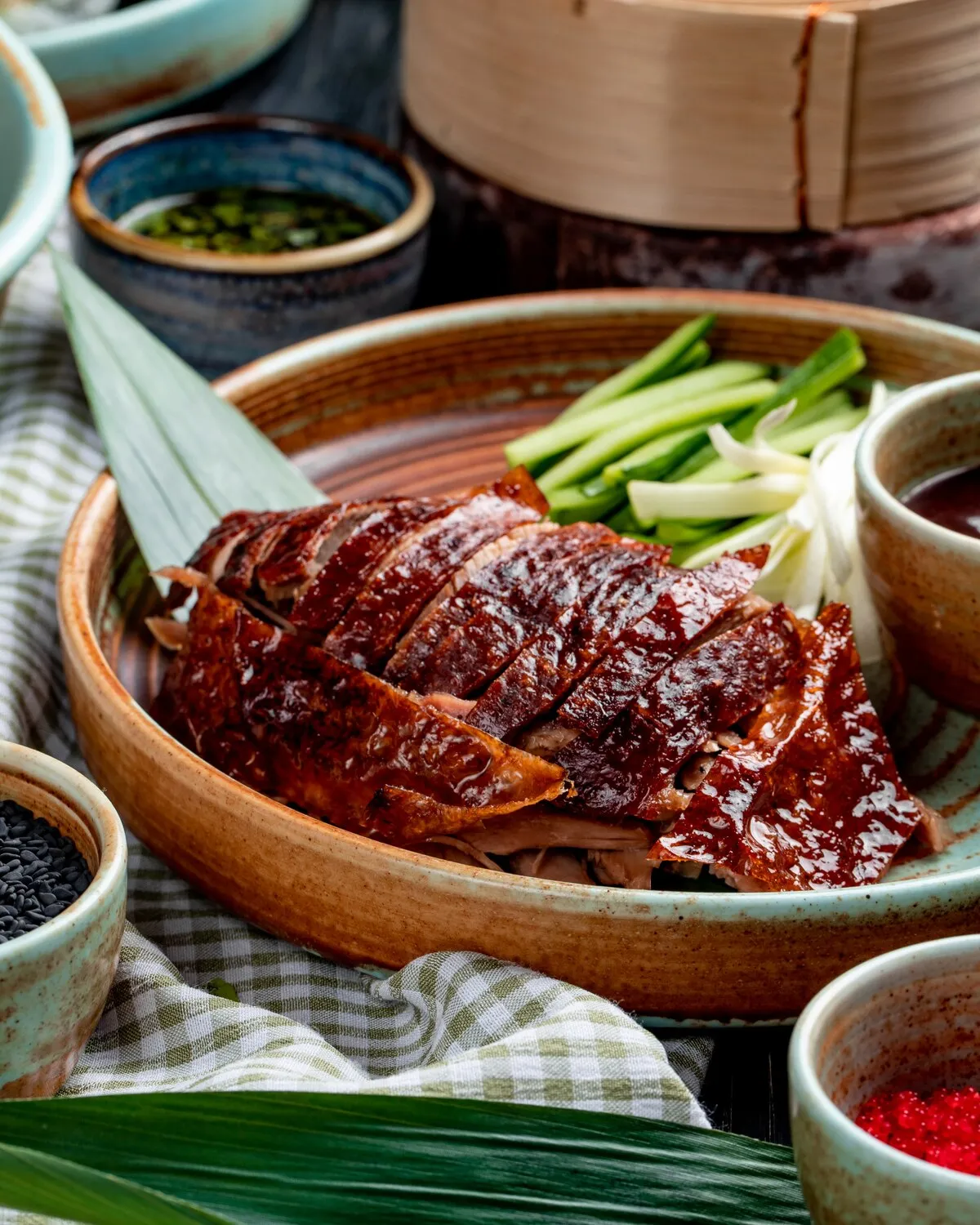
Wok Dishes (Personalized)
Customers can create their own wok dishes by selecting ingredients from the buffet, including various meats (beef, chicken, shrimp), vegetables, and noodles, then choosing a sauce for the chef to cook on the wok.
Nutrition Facts
* The % Daily Value (DV) tells you how much a nutrient in a serving of food contributes to a daily diet. 2,000 calories a day is used for general nutrition advice.
Wok cooking has ancient roots in China, dating back over 2000 years. The wok's unique shape and high-heat cooking method were initially developed out of necessity to quickly cook small amounts of food efficiently using limited resources. Over time, wok cooking techniques and dishes evolved, spreading throughout Asia and eventually the world, adapting to local ingredients and tastes. The 'create your own' wok concept is a modern adaptation, reflecting the global popularity and flexibility of wok cooking.
While personalized wok dishes are a modern adaptation and not deeply rooted in traditional Chinese culture, the wok itself and the techniques involved are significant aspects of Chinese culinary heritage. The act of selecting ingredients and customizing the dish reflects a global trend towards personalization and individualization in food.
Wok as a Central Cooking Tool
The wok is a fundamental cooking utensil in Chinese cuisine, used for stir-frying, deep-frying, steaming, and even boiling. It represents efficiency and versatility in the kitchen.
Emphasis on Fresh Ingredients
Traditional Chinese wok cooking prioritizes fresh, seasonal ingredients, quickly cooked to retain their nutrients and flavors. While personalized wok dishes may not always adhere to this strictly, the choice of fresh ingredients is still a key aspect.
The Importance of Balance
Chinese cuisine emphasizes the balance of flavors, textures, and colors. Personalized wok dishes allow for a degree of control over this balance, although it depends on the choices made by the customer.
The flavors in a personalized wok dish are highly variable, depending on the chosen ingredients and sauce. They typically range from savory and umami to sweet, spicy, tangy, and sour.
The base flavors come from the ingredients selected, such as the richness of beef, the mildness of chicken, or the delicate sweetness of shrimp. Vegetables contribute freshness, texture, and a variety of earthy, green, or sweet notes. Noodles add a carbohydrate element and can absorb the flavors of the sauce. The sauce is the key flavor driver, with options ranging from soy-based sauces (salty, umami) to sweet and sour sauces (sweet, tangy), spicy sauces (chili-based), and garlic-ginger sauces (aromatic, savory). The wok hei, or 'breath of the wok', a slightly smoky flavor imparted by the high heat, adds another layer of complexity.
Ingredient Selection
Choose ingredients that complement each other in terms of flavor and texture. Consider the cooking times of different ingredients, adding longer-cooking vegetables first and more delicate ingredients last.
Sauce Pairing
Select a sauce that complements the ingredients you've chosen. Consider the overall flavor profile you're aiming for - sweet, savory, spicy, etc.
Don't Overcrowd the Wok
Overcrowding the wok lowers the temperature and results in steamed rather than stir-fried food. Add ingredients in batches if necessary.
Understand the Noodles
Consider how the different noodles will affect your wok dish. Some noodles soak up the sauce more, while others retain their shape and flavor.
Explore additional Wok dishes and restaurants
Explore WokDiscover top dining spots and culinary experiences in Le Havre.
Explore Le HavreLearn more about the food culture, restaurant scene, and culinary heritage of France.
Explore France